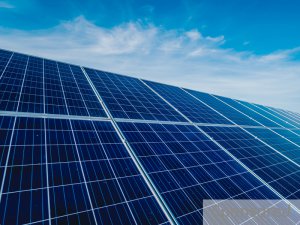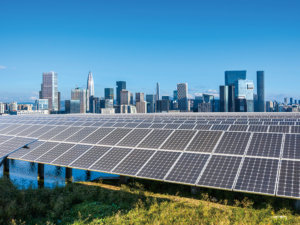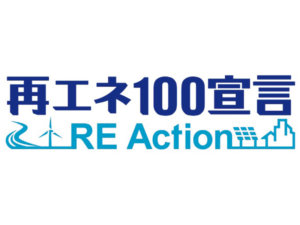系統柔軟性―― そこに蓄電池は必要か? 系統問題の第一人者に聞く!
2020/08/26
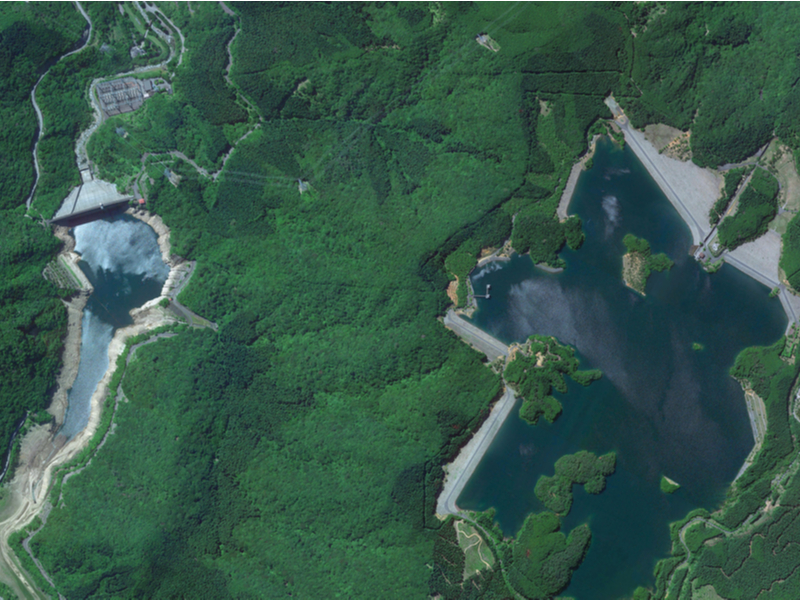
この先、再エネを系統連系していくために欠かせないものは何か。日本では、まっ先に「蓄電池」が挙げられるが、それは正しい解答なのか。送電線の「空き容量問題」に火を着け、系統問題の第一人者として知られる安田陽氏(京都大学大学院 特任教授)に、その解を求めた。
蓄電池ありきではない
大事なのはフレキシビリティ
日本では“再エネの導入拡大には蓄電池が必要”という認識が広まっている。再エネ発電事業者が、系統連系の条件として、蓄電池の設置を求められるケースも少なくない。再エネは不安定だから、電力系統に受け入れるためには、不安定性を解消する調整役として蓄電池(バックアップ電源)が必要になるというわけだ。
しかし、これは「もはや日本だけの常識」であると安田氏はいう。
「海外では、再エネ大量導入のための指標として電力系統の柔軟性(flexibility)が重視されます。それは系統の変動に対応して需給バランスを維持するための能力であり、そこには調整力のある電源、エネルギー貯蔵装置、系統運用、デマンドレスポンスなどが含まれます。
再エネの導入レベルに合わせ、幅広い選択肢を駆使して需給バランスを整えていくわけです。蓄電池はエネルギー貯蔵装置の一種であり、幅広い選択肢の1つと捉えられています。しかも、優先順位としては、ほとんど最後の選択肢です。蓄電池を入れる前に、やるべきことがたくさんあるのです」。
蓄電池の値段は、以前より安くなってきたとはいえ、まだまだ高い。発電所や変電所に新たなエネルギー貯蔵設備を建設するには、莫大なコストがかかる。それをやる前に、効率的な系統運用の仕組みを確立することや、既存の設備を有効活用することなど、様々な選択肢があるというのだ。
蓄電池が必要になるのは
再エネ率40%~50%レベル
「海外の学会などに行くと、『日本は、なぜ経済合理性のない選択をするのか?』と、しばしば尋ねられます。私も同感です。現段階の日本が高価な蓄電池を盛んに入れようとしている姿は、海外からは奇異に映ります。蓄電池は、VRE(変動性再エネ:風力+太陽光)が一定のレベルに達してから考えるべき選択肢であり、日本はまだその段階には程遠い状況にあるからです」と安田氏。
ポイントはコスト効率であり、「蓄電池が十分な経済合理性を持ってくるのは、全電源に占める変動性再エネの比率が40~50%になってから」(安田氏)なのだという。ちなみに、現在の日本の変動性再エネの比率は7%程度。2030年導入目標でも10%程度にすぎない(長期エネルギー需給見通しには「再エネ22~24%」とあるが、ここには水力など非変動性再エネも含まれている)。その比率からいっても、日本は蓄電池を導入する段階ではないということだ。
経済合理性のある選択肢
揚水発電を再エネのために
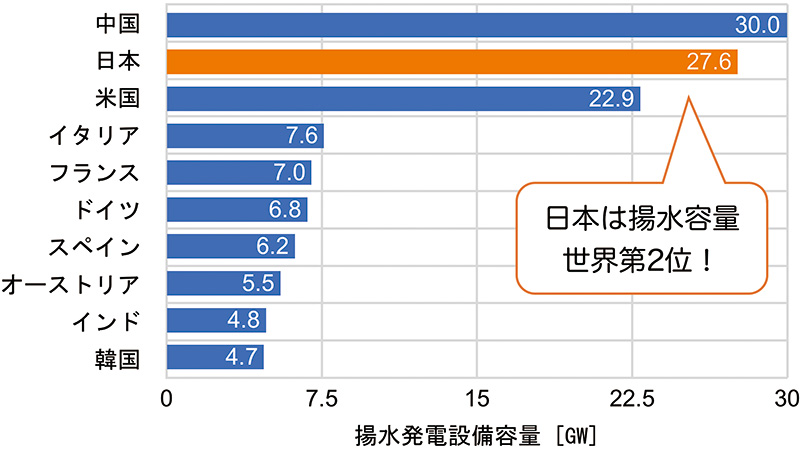
揚水発電の設備容量ランキング
出典:International Hydro Power Association「2019 Hydropower Status Report」(2019)より安田陽氏作成
では、日本でこそ有利な選択肢は何か。安田氏は、「揚水発電」の設備容量と設備利用率のデータを示してくれた。日本は世界第2位の揚水発電設備容量をもちながら、利用率は発電・揚水動力合わせて平均7%程度。この利用率を1ポイント増やすだけで、既に導入済みの大容量蓄電池の調整能力に十分匹敵するというのだ。
揚水発電とは、水力発電システムの一種で、高低差のある2つの池の水を上げ下げするもの。他の発電所でつくった電力が過剰なときに、その電力を使って下池から上池に水を汲み上げ、足りないときは上池から下池に水を流して発電する。つまり、水を使ったエネルギー貯蔵設備だ。
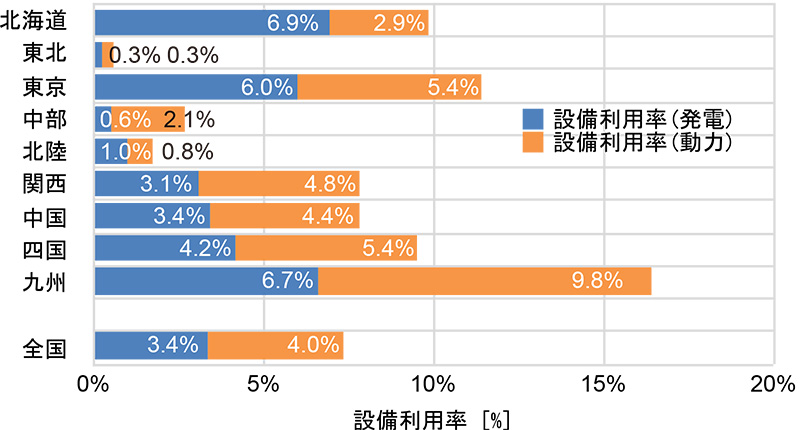
揚水発電の設備利用率(2018年)
出典:資源エネルギー庁 電力調査統計表およびISEP Energy Chartより安田陽氏作成
さらに日本は高性能な調整能力を持つ可変速揚水の導入量が世界一だ。従来は、もっぱら原子力発電所の出力を調整するために使われていたが、これを再エネのために使わない手はない。近年、九州エリアなどでは積極的に活用されるようになってきたが、全国的にはまだ十分に活用されているとは言い難い状況だ。「エネルギー貯蔵設備ということなら、蓄電池より揚水発電の活用こそ、優先すべき選択肢」(安田氏)なのだ。
しかも、大半の揚水発電所は、とっくに原価償却が済んでおり、新たな設備投資を必要としない。さらに、揚水発電の充放電サイクルコストは、蓄電池の100分の1から数10分の①にすぎないという。
「いまの日本は、既存の設備の有効活用をせず、高価で不必要な新設備を導入しようとしているようです。世界の常識からは、かけ離れています。このままでは、日本はガラパゴス化しかねません。系統運用にしても、揚水発電の利用にしても、解決すべきは技術的問題ではなく制度的な問題です。いまこそ、『ものづくり』だけでなく『しくみづくり』を、しっかりと進めていかなければならないときではないでしょうか」。
世界の系統運用を知悉する、安田氏の言葉は重い。
PROFILE
京都大学大学院 経済学研究科
再生可能エネルギー経済学講座 特任教授
安田 陽氏

1994年、横浜国立大学大学院博士課程修了。博士(工学)。関西大学システム理工学部准教授を経て、2016年9月より現職。現在の専門分野は風力発電の耐雷設計および系統連系問題、電力情報統計分析、電力市場設計の経済政策。
Grid Flexibility ~ Are batteries Necessary? ~
What is essential for the grid integration of renewables from now on? Japanese people would say “battery” as the first answer, but we have to rethink if that’s the really right answer. We have interviewed Prof. Yoh Yasuda (Project Professor in Kyoto University), who set fire to “Vacant Capacity Issue” of the transmission lines and is known as the leading person of the renewable integration.
Text: Kiminori Hiromachi
Project Professor,
Research Programme of Renewable Energy Economics,
Graduate School of Economics,
Kyoto University
Prof. Yoh Yasuda
The Flexibility rather than batteries
The idea that “batteries are necessary to connect renewable systems to power systems”. is spreading out in Japan. It’s not rare that the renewable poperators are required to install battery for grid connection in Japan. It is to be thought that the battery (backup battery) is needed to mitigate the instability of renewables when connecting the grid. However, Prof. Yasuda says that this is “the common sense only in Japan”. “In the rest of world, flexibility is seen important as the barometer for the large-amount integration of renewable s, which is the ability to keep the balance of supply and demand corresponding to the system change that includes flexible generators, energy storage devices, system operations, and demand responses. They contributeol the balancing by using wide options according to each share level of renewables in the grid. Battery is considered as one of energy storage devices and one of various options, and it’s the option that to be taken as low priority. There are so many options before installing battery.” The cost of battery is getting more reasonable than it used to be, although still expensive. It takes an enormous cost to install new device into power plants and substations. And, there are various things to do before the installation such as establishing of an effective scheme in system operation or efficient use of the existing facilities.
Renewable Share in 40% – 50% Is The Boarder For battery
“When I attend international conferences, I am frequently asked ‘Why do Japanese make a unreasonable choice from economic point of view?’ I agree with this. It sounds strange for them that Japanese are trying actively to install expensive batteries at this share level. Batteries are considered as the option when the VRE (Variable Renewable Energy: Wind + PV) reaches the certain level. And, the circumstance in Japan is still far away from this level.” says Prof. Yasuda. The key is the cost effectiveness. He says “batteries will have enough economic rationality when VRE share has accounted for 40 – 50% in a power system.”. For your reference, current VRE share in Japan is about 7%. It will only be 10% even at the target in 2030 (It is said that “renewable share 22 – 24%” in “the Long-term Energy Supply and Demand Prospective” by the Government, but non-VREs such as hydro-power are included in the chart). From this point of view, you can tell that it is too early for Japan to install batteries.
Pumped Hydro For Renewables As The Option With Economic Rationality
Then, what is the better option for Japan? Prof. Yasuda showed us data of “pumped hydro” like world’s installed capacities and capacity factors in Japan. Although Japan possesses the world second largest capacity of pumped hydro, its capacity factor is only 7% on average even generation and pumping combined. If you raise the rate by just 1 %, its capability will be equivalent to those of all the batteries which have already been installed. Pumped hydro is one of the hydro-power, which raises and lowers water between the two ponds that has height difference. When the electric power generated at other power plants is excess, it consumes that electric power to raise water from the lower pond to the higher one and vice versa. In other words, it is the energy storage system with water usage. The installed capacity of “ variable speed pumped hydro” with high spec control ability in Japan is the top in the world. It was used mainly to control the output of nuclear power plants. Why not use it for renewable energy? It seems that the facilities are being used actively in Kyusyu area in recent years, but still not made use fully nationwide. “The usage of pumped hydro should be taken more priority than batteries.” (Pro. Yasuda). Moreover, the depreciation of most pumped hydro has been already completed, so we don’t need any investment for new facilities. In addition, it is said that discharge and charge cycle cost of pumped hydro is one-tenth or lower than that of chemical batteries. “It seems that existing facilities are not utilized effectively while new expensive devices are being introduced needlessly in Japan. If Japan keeps going this path, it will be left behind from the world. It is not about the issue of technologies but political institutions what we have to think about when it comes to the usage of pumped hydro as well as the grid operation. I suggest that now is the time to work on “innovation in social structure”, not only “innovation in technology”. We have to keep his words in mind as he has well seen the renewable Integration in the world.
取材・文/廣町公則
RE JOURNAL vol.2(2019-20年冬号)より転載






